Category: Leadership Skills
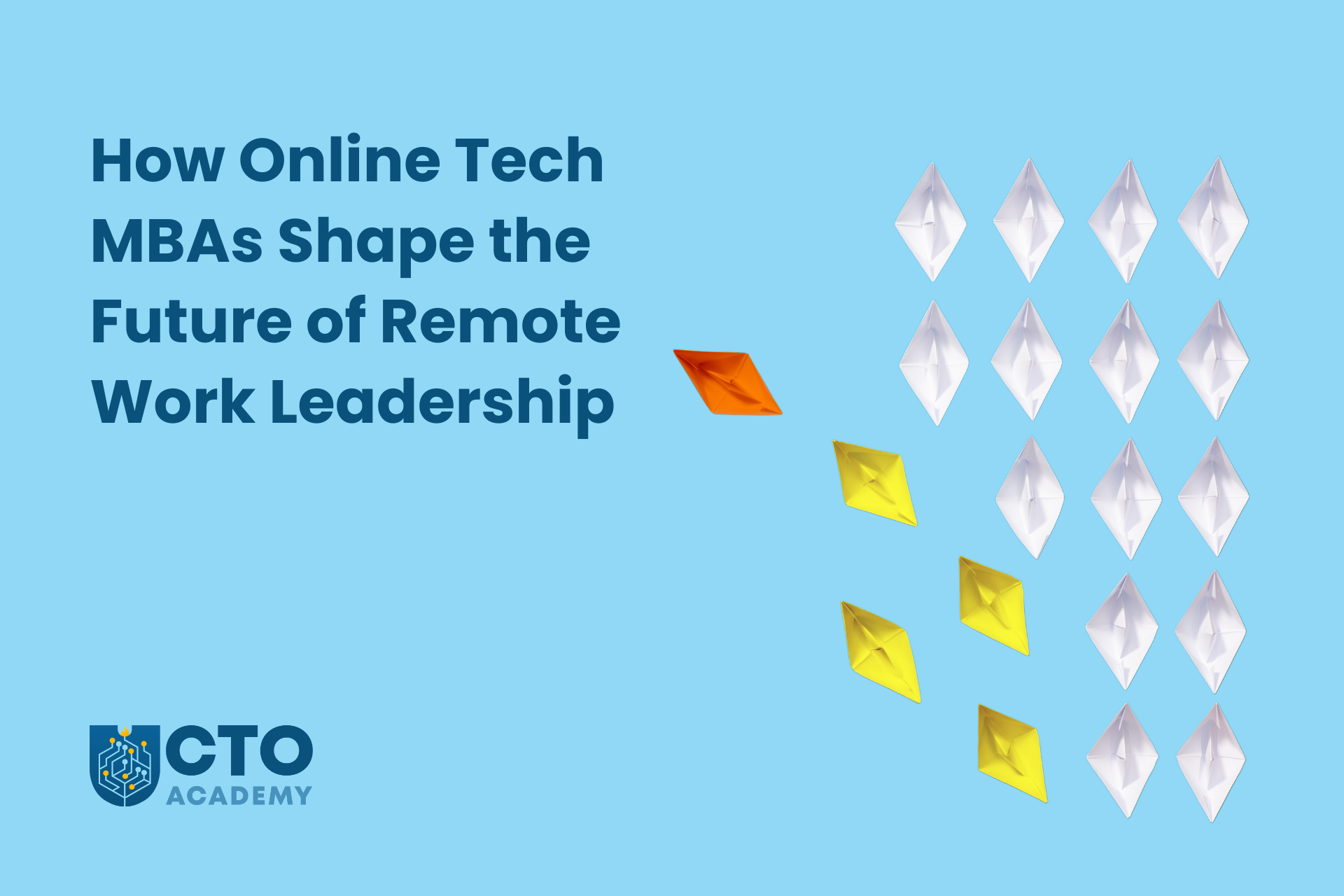
How Tech MBAs Shape Remote Leadership
Remote work is slowly evolving into the so-called, workation, a concept that refers to a modern work arrangement that combines professional responsibilities with travel or leisure activities. Workation (work + vacation) describes professional activities conducted in non-traditional environments through digital connectivity. It is characterised by: We are talking about the more loose understanding and adoption…

How to Create a Robust and Flexible Decision-Making Framework
It’s challenging to create a truly immutable decision-making framework, especially in dynamic environments with conflicting priorities. However, you can create a robust and adaptable framework that provides consistent guidance while allowing for flexibility when needed. Here’s a possible approach if you are managing two conflicting departments dependent on each other’s productivity (eg, CPTO role): 1.…
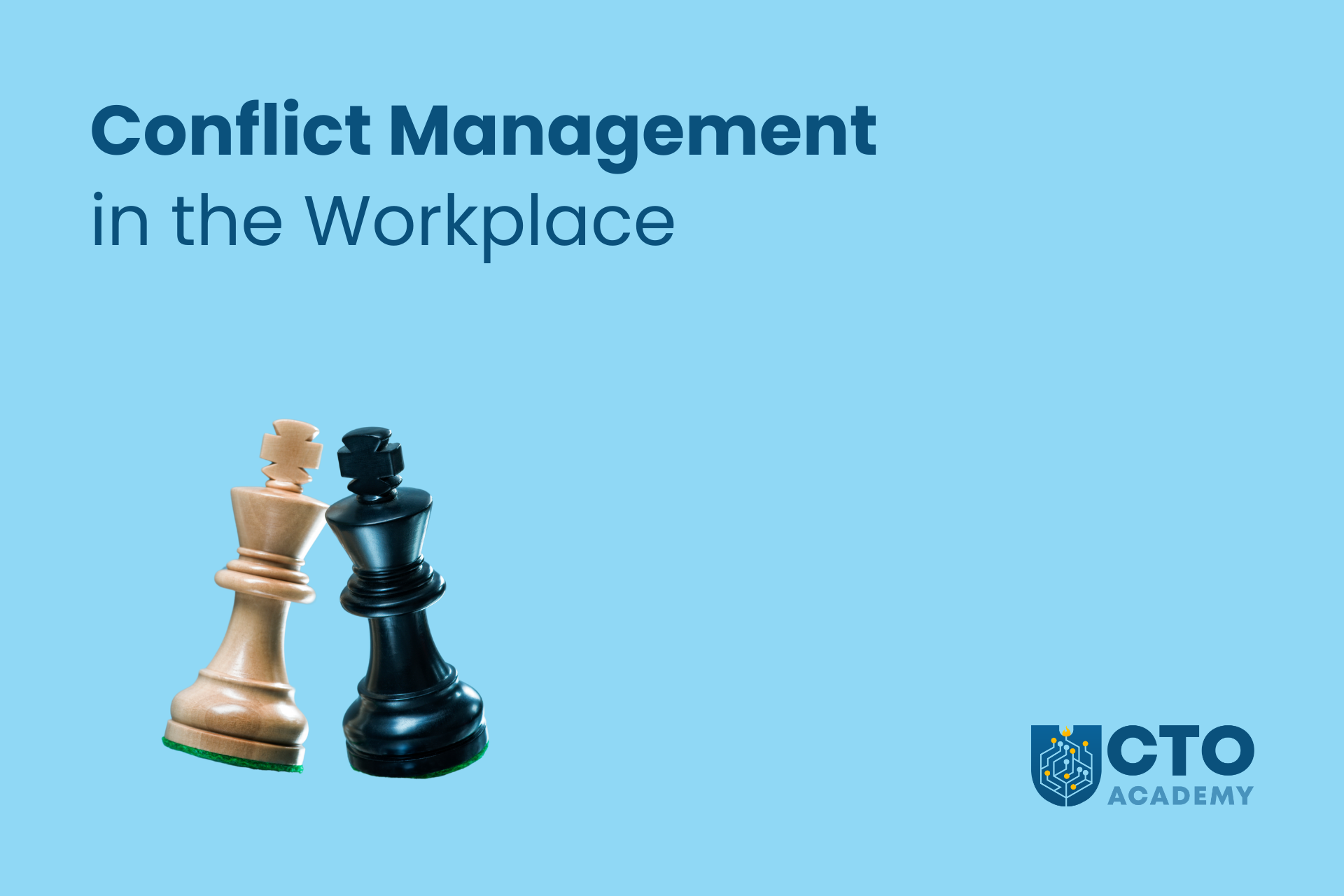
Conflict Management in the Workplace
In the tech industry, workplace conflicts are quite common. For instance, a study found that 85% of employees experience some form of conflict at work, with tech environments being particularly prone due to the high-pressure nature of the industry. One notable example is the frequent disputes over project strategies and technical disagreements. These conflicts, if…
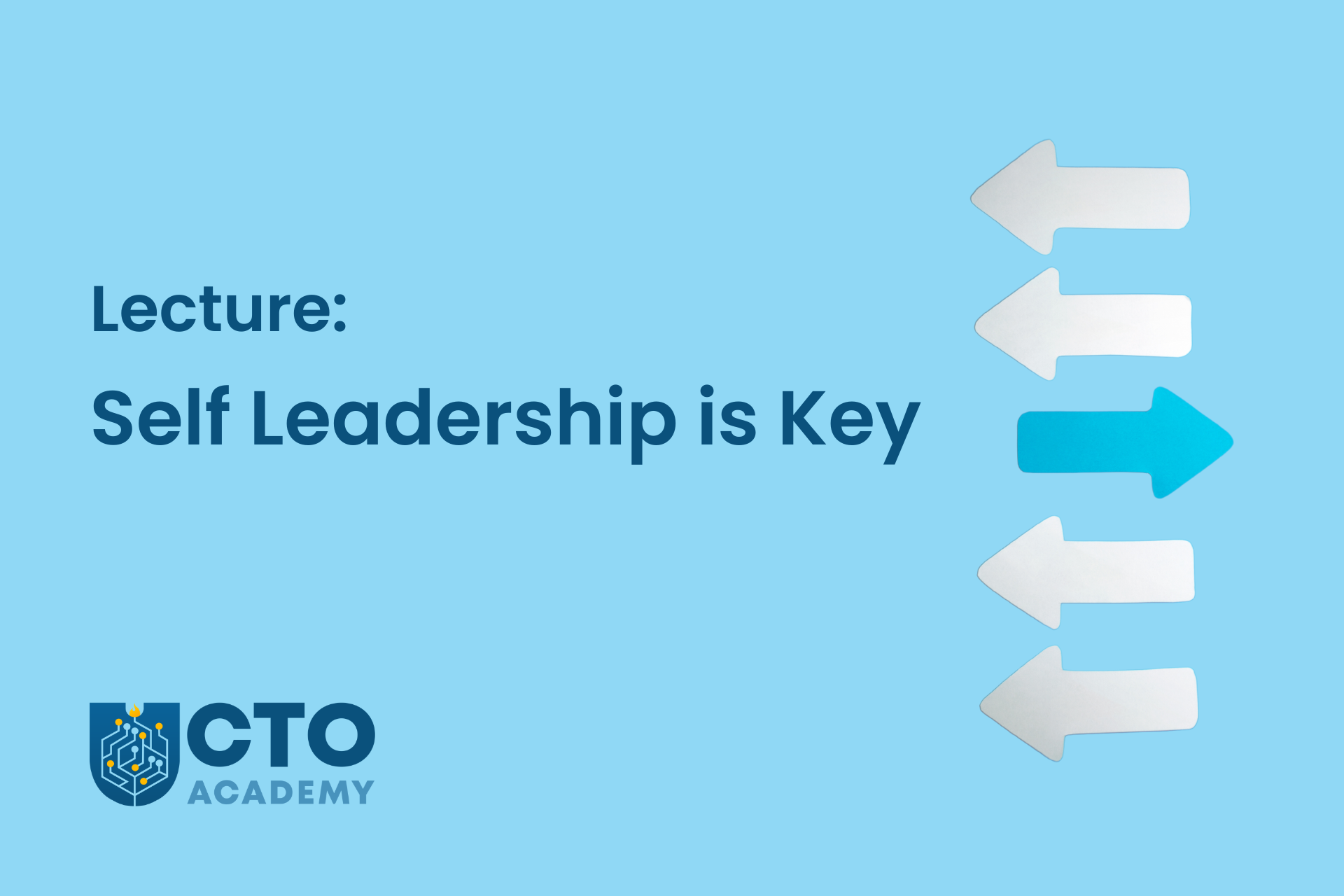
Self-Leadership is Key – MBA Lecture Summary
In this article — effectively a summary of the lecture in our Digital MBA for Technology Leaders — Andrew Bryant, business coach and public speaker whose book on this subject is used in MBA programs worldwide, explains what self-leadership is, why you need it and how to develop it. What is Self-Leadership? Self-leadership is the…

Role of Perception in Leadership and How to Change It
How often have you asked yourself, “How could my partner, colleague, or employee have misread my intended communication so badly?” This MBA lecture summary provides the answers, strategies, and suggestions for changing other people’s perceptions of you as a leader and person. We all live in a constant duality between how we see ourselves and…
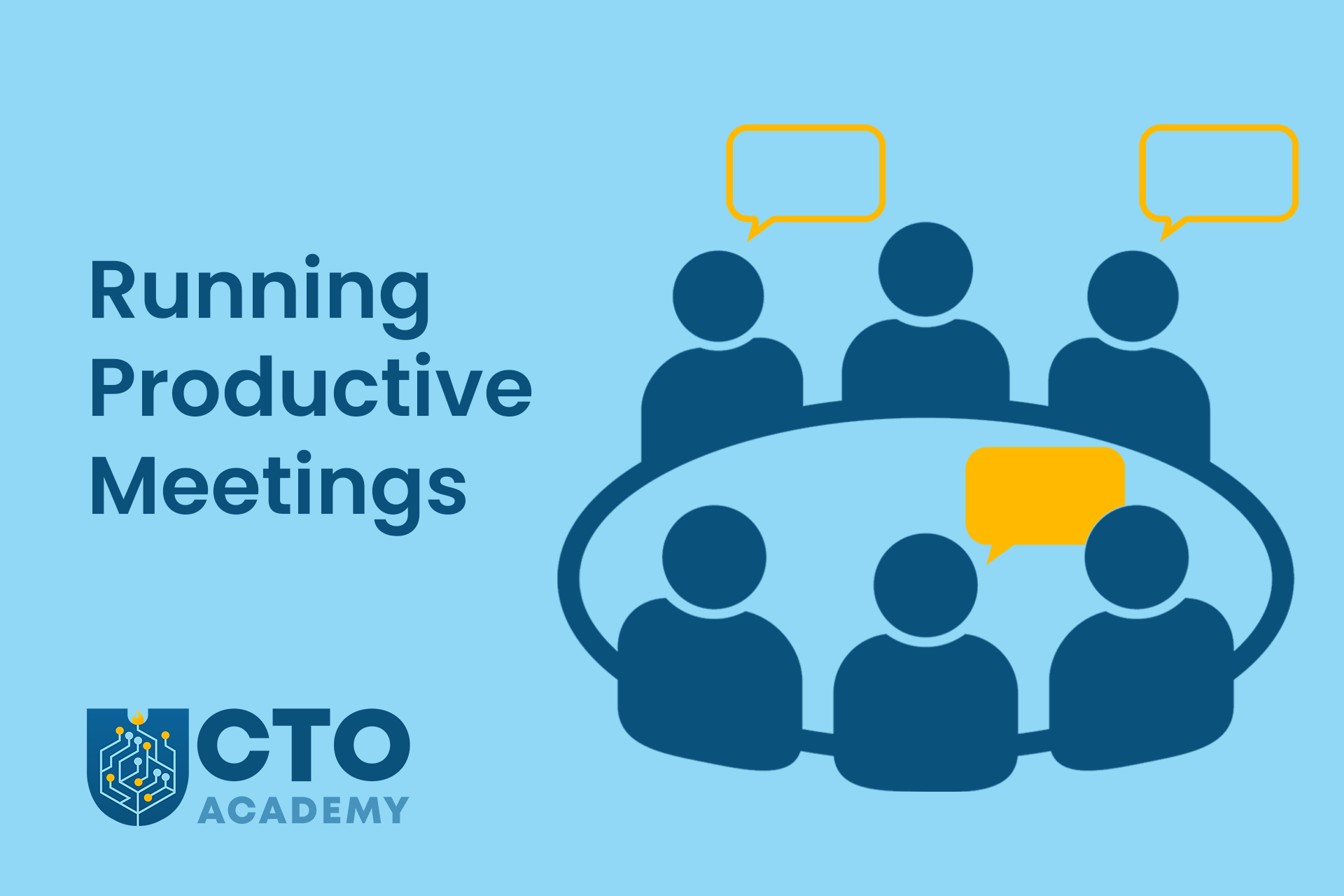
How to Set Up and Run a Productive Meeting
Meetings can easily become an onerous element of any leader. When they’re scheduled back-to-back, they a) consume more time than you thought they would and b) don’t solve a thing. With this article, we want to ensure that, if a meeting is needed, you have the exact tools to make it productive, engaging and, finally,…
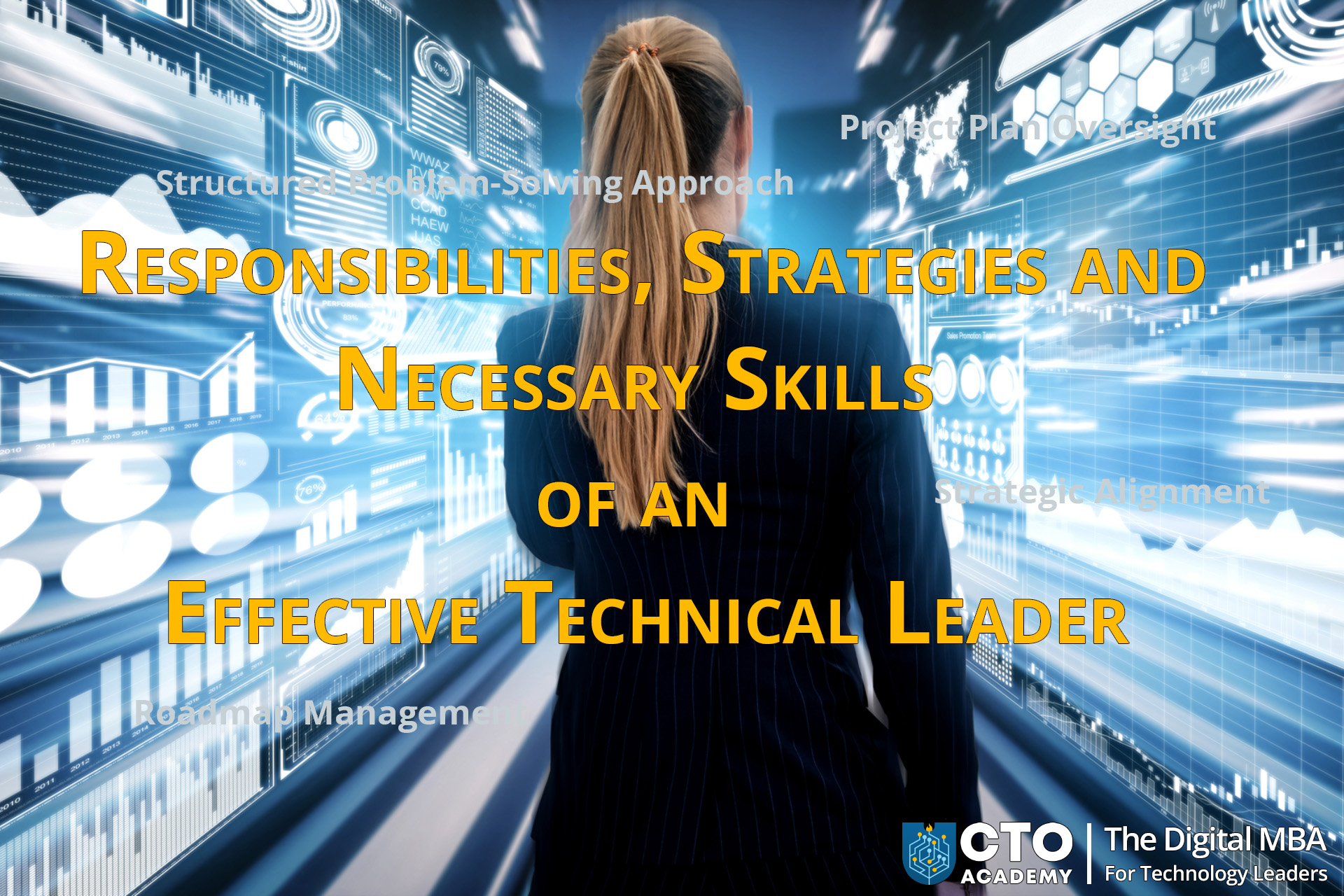
Responsibilities, Strategies and Necessary Skills of an Effective Technical Leader
A technical leader bridges the gap between technical teams and business objectives. Unlike general managers, they possess strong technical expertise and can therefore guide engineers and developers. In contrast to tech specialists, however, they have strong leadership and communication skills. The role comes with the long list of responsibilities that we are explaining in this article.
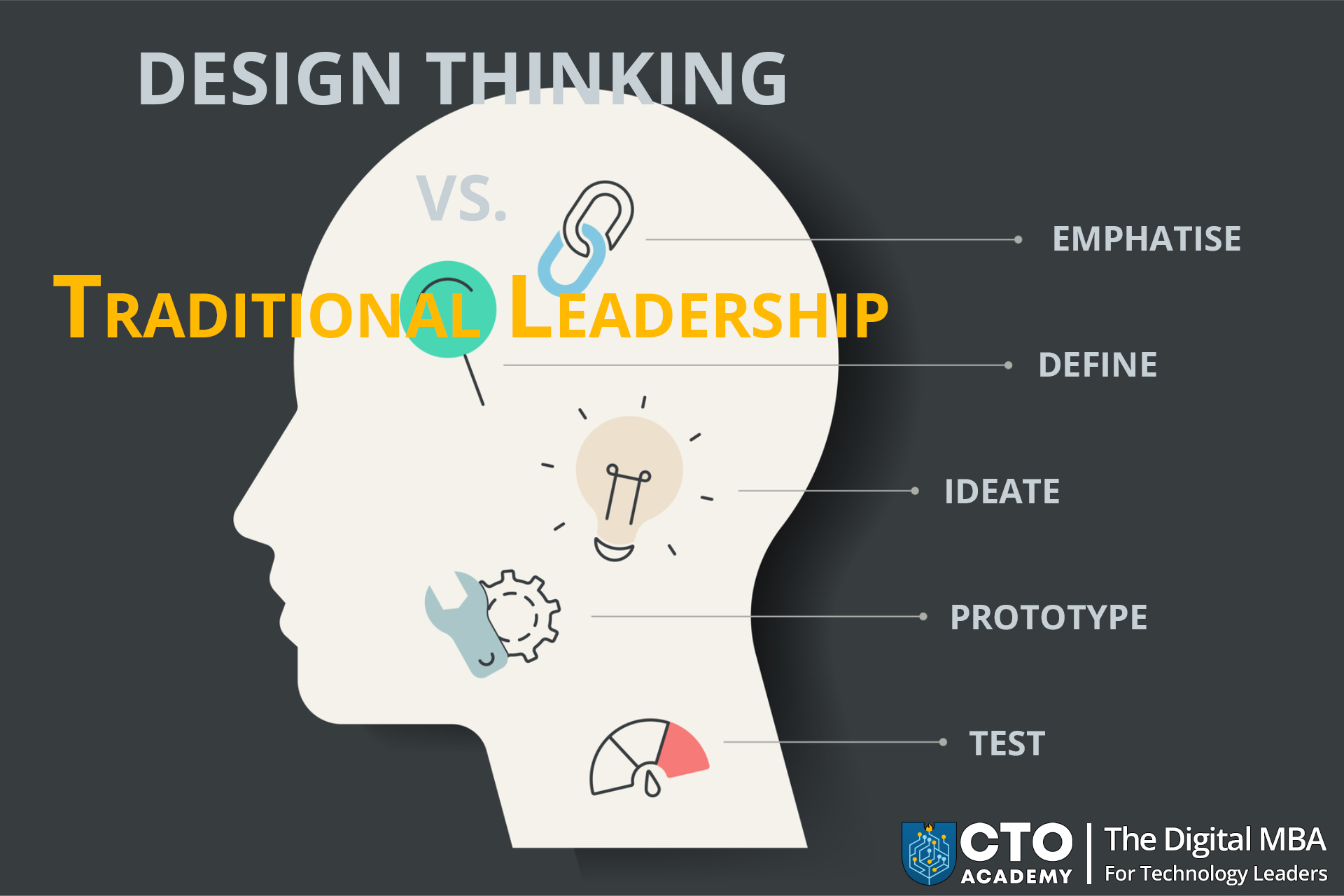
Why and How to Switch to Design Thinking Leadership Model
Constantly evolving user needs and expectations are challenging traditional leadership styles. That’s why technology leaders are switching to a design thinking model which is, basically, a human-centred approach to problem-solving. Design thinking focuses on understanding user needs and experiences to create innovative solutions. Such products and services resonate with their target audience. This article explores…

Beyond Technical Expertise: Mastering the Art of Tech Leadership
Strong tech leadership provides a compelling vision and roadmap, improving team focus and motivation. Combined with a culture of trust and open communication, it creates a high level of psychological safety for the team. In turn, such a team is more open to risk-taking, innovation and honest discussion of challenges. Here, we explain how to…

CTO KPIs with Templates and Tracking Procedures – Explained by a Seasoned Chief Technology Officer
In this post, Jason Noble, Academy’s Chief Technology Officer, explains the design of highly relevant CTO KPIs and shows you how to a) track them and, more importantly, b) use them to improve performance. Now, the odds are that you’re either a CTO in a start-up or fast-growing company or soon to become one. That…